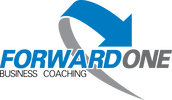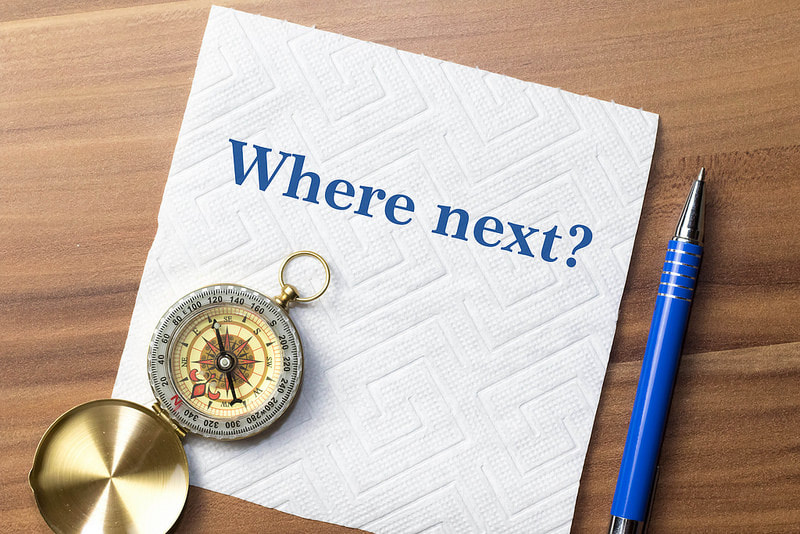|
It’s been said that people tend to overestimate what they can accomplish in a year but underestimate what they can accomplish in a decade.
I’m not sure if that has been scientifically proven but one thing I know for sure is that when I create a plan, I accomplish more. Period! In college, I started a list of life objectives some that I thought would be impossible to accomplish. Since that time it has been fun to see the list dwindle. In fact, each year my wife and I take time to evaluate, dream, add too and update our 1-3 year plan. This practice keeps things fresh, allows us to be thankful for the many blessings we have received through the years and helps us keep our life goals aligned with one another. Some of the areas we talk about include family, marriage, vacation, money, health, etc. I encourage you to carve out some time to pause, look at your life and get some plans drawn up so that you can make the most of your year. To help you do that I have a planning guide that you can use for free. Go ahead and download it at your convenience (no opt-in required). I hope you find it easy to use :) Let me know if you would like some help walking through the process. Wishing you a Merry Christmas and a Happy New Year! Dwight
1 Comment
Not long ago it hit me that both Business Leaders and Ravens have something in common.
They both get distracted by shiny objects! I was getting ready to launch a campaign a few months ago and I saw a software program that would provide a simple way to include video in my outbound email. After going through a demo it suddenly became my #1 priority. This would be my ticket to increased open rates and higher conversions… So I plopped down $500 and totally immersed myself over the next few weeks, learning the system, shooting videos, setting up automation's, etc. However, after 2 months and no measurable positive results I realized that I had fallen prey to the shiny object syndrome. Have you ever experienced something like this? Most leaders that I know have been tempted at some point or another to get off course because of a great new idea. In fact, my staff had come to expect a new crazy new idea just about every week until I began using the idea parking lot concept. I can hardly stand to pass up a brilliant concept or innovative approach to things but I also realized that I was driving my staff crazy with too much change. So what we did was to create a section of my whiteboard specifically for ideas. This became the idea parking lot. I wanted them to be visible or else I was afraid they might be forgotten. The other reason was that it stimulated additional thoughts throughout the week. I encouraged the team to participate as well. Every new idea was added to the board and then once a quarter we would evaluate the ideas and decide what to do with them. Only ideas that fit within the strategic plan and budget could be implemented, otherwise they needed to wait. This approach when used, has saved me countless hours of time and has prevented me from spending thousands on frivolous hardware, software, meetings, staff wages, etc. The only problem with this system is that it won’t work if you ignore it like I did last quarter. So next time you come up with the best idea ever, try parking it for at least a few weeks. If after a month or so it’s still as good or better than when you first thought of it, then go ahead and include it in your plan. Let me know how it goes. What other ideas do you have for dealing with distractions? Healthy Habits of Entrepreneurs
As a busy professional or entrepreneur, the first and last moments of your work day may often be overlooked or neglected. Yet, these minutes are essential to not only set the tone for your performance the rest of the day, but also to identify how you spend your time.
With endless requests and projects on your plate, it’s easy to get overwhelmed. Instead, try shifting your mindset. Break down the beginning and end of your work day into simple, digestible tasks. Use this time to identify opportunities for improvement and cultivate mindful habits that will benefit not only your productivity, but your overall attitude toward the work you’re doing. Take a few minutes to prioritize, hydrate and check in with yourself or your team. At the end of the day, organize your thoughts and disconnect from your devices to spend time with the people in your life that you care about most. Doing so will create a fresh start and clear mind for you to take on the next day or rest of the week. Making small changes to your daily routine can help you build a work-life balance that will allow you to be the best professional possible. Fundera provides 10 helpful tips in their infographic below for how to begin and end your work day. |
AuthorDwight Grant is a seasoned businessman with over 30 years of leadership experience. He lives in CO where he enjoys whitewater rafting, mountain biking and spending time with family. Archives
May 2022
Categories
All
|
ServicesIncrease Profit
Team Dev. (6 types of working genius) Work/Life Objectives Consulcoaching WEBINARS 6 Keys to Business Success Plan Best Year Yet 5 Golden Nuggets of Fundraising 5 Nuggets Handout |
Company |
|




 RSS Feed
RSS Feed